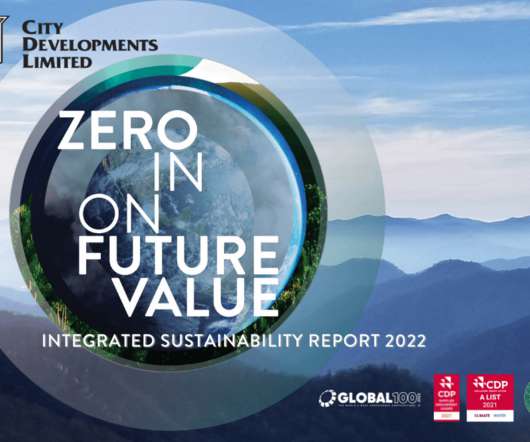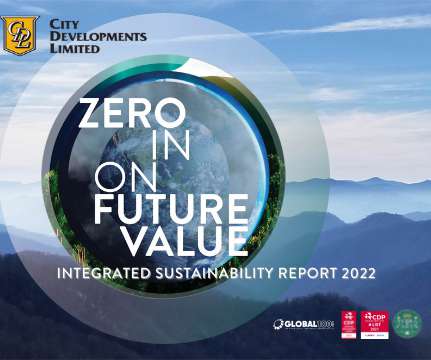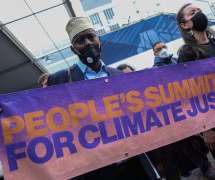CDL’s integrated sustainability report 2022 zeroes in on bolder decarbonisation targets
Corporate Knights
MARCH 21, 2022
Themed “Zero in on Future Value”, the digital report communicates CDL’s progress towards its material Environmental, Social and Governance (ESG) goals and targets under the CDL Future Value 2030 Sustainability Blueprint. Leveraging Green Finance to Accelerate Low-Carbon Solutions.












Let's personalize your content